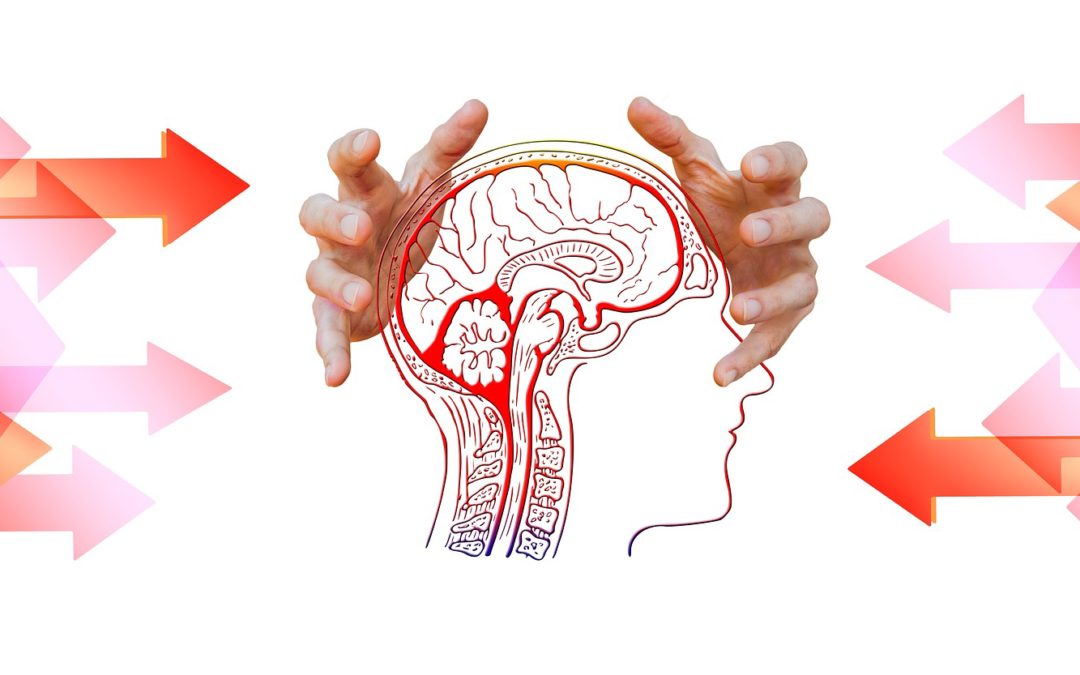World renown brain expert, Dr. Martha Burns, the author of this article, will be in Victoria this April 20th. If you’d like to learn more about her upcoming April visit and attend a workshop with Dr. Burns please click here.
Courtesy of ASCD, written by Dr. Martha Burns
Stress! It’s just a part of everyday life, right? But what if that stress is chronic and beyond a child’s control?
More than half of all students in U.S. public schools come from low-income families. Poverty is associated with chronic stress, which can have a toxic effect on the brain. While there is no silver bullet to solve the problem of poverty, we as educators do have the power to positively influence learning for children experiencing poverty by better understanding their brains.
Tolerable vs. Toxic Stress
Not all stress is bad. Stress can help us stay alert and adapt to changes around us. Tolerable stressors give us the energy and strength—through increased metabolism and heightened bodily response—to get a job done. For students, the stress of an upcoming test may provide the drive and energy to read and memorize new material. For an athlete, the stress of competition may provide the edge needed to win. In these examples, the stress remains tolerable because there is an end in sight. When the test or the game ends, the excess hormones produced by the adrenal gland in response to stress decrease, and a period of rest or relaxation follows.
With toxic stress, however, there is no relief. The stress is ongoing and unremitting. The “fight-or-flight” hormone levels remain elevated for extended periods of time, which negatively affects the body and the brain.
Why the “Thinking” Brain Gets Blocked
The brain is an experience-dependent organ; it gets better at what it does most. With chronic toxic stress, the brain is focused on and therefore overexercising its stress responses (fight or flight). When that happens, the brain is preparing us to act quickly and decisively, with no time for thinking about the problem. That’s why the student who has experienced toxic stress reacts more impulsively to potential stressors, including those that may not bother someone else at all, such as an accidental bump on the shoulder or a comment from a teacher. The student also remains agitated for a much longer time. This can translate to highly impulsive behavior, increased aggression, or what may appear to be a lack of self-control and poor listening skills. The student is on high alert at all times, which can be problematic in a classroom. In essence, the “thinking” brain is blocked, so it is not exercising skills needed to do well in areas like math, reading, or problem solving.
Reversing the Impacts of Stress on Learning
Chronic stress can influence a child’s cognitive, social, and emotional development—all of which can influence their success in school. The good news is that neuroscience research shows that the areas of the brain affected by the adverse experiences of poverty and trauma remain “plastic” or changeable well into adulthood.
Here are a few practices that educators can employ in the classroom and at school to reduce stress and influence positive brain changes in children:
- Provide supportive role models and environments. A child who has lived in a state of fear and anxiety has likely developed a significant fight-or-flight response. Psychologists have found that access to at least one supportive adult—such as a teacher—can markedly reduce the effects of toxic stress on a child. The school, too, can provide a safe haven where the child feels protected and respected.
- Recognize how differences in brain maturation may play out in the classroom. Neuroscience research has demonstrated many ways in which poverty changes the way the brain matures. As early as 2005, Kimberly Noble, with M. Frank Norman and Martha Farah, published research on the relationship between socioeconomic status and specific cognitive functions. Their findings show that children who come from families living in poverty have limitations in a range of cognitive skills including:
– Long- and short-term (working) memory
– Visual and spatial skills
– Executive functions like self-control
– Ability to learn from reward
In a Nature Neuroscience article published in 2015, Noble described compelling links between family income and brain structure, especially in regions of the brain associated with language, reading, executive functions, and spatial skills—regions essential for academic success.
- Build cognitive and literacy skills. Neuroscience-based interventions can supplement the work of educators in the classroom by specifically targeting and building regions of the brain important for learning, resulting in dramatic improvements in academic success. Programs such as the Fast ForWord language and reading intervention prepare the brain for reading and learning by improving the cognitive skills that are weak in struggling learners and providing personalized, intensive practice on a wide variety of language and reading skills. Efficacy studies and functional magnetic resonance imaging (fMRI) of the brains of students who have participated in the program have demonstrated significant gains in reading skills and underlying cognitive skills as compared with children with no intervention, even among students at the secondary level.
It is important to emphasize that children from impoverished or stressful environments do not have broken brains or limited intelligence; their brains have simply not matured. But educators have the tools to change this. These students have tremendous potential to succeed with the right combination of education and interventions. When students can learn and achieve, school can become a six-hour, daily relief from a toxically stressful environment.

As the author of more than 100 journal articles and multiple books, neuroscientist Martha S. Burns is a leading expert on how children learn. She works as a consultant for the clinical provider division of Scientific Learning Corp., and for the past 15 years, she has served as an adjunct associate professor at Northwestern University.



